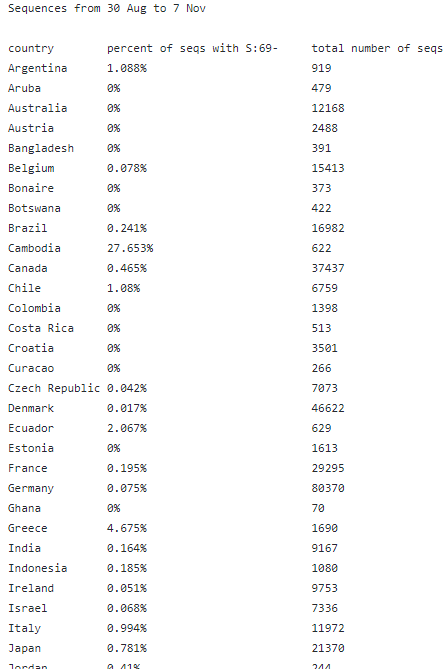
Another way to put it:
🎶Welcome to Family Omicron🎵
🎵The home of the Family Omicron🎵
🎶Where all the variants are mutational and interesting 🎶
🎵BA.2 is part of the Family Omicron🎶 💃
#Encanto
🎶Welcome to Family Omicron🎵
🎵The home of the Family Omicron🎵
🎶Where all the variants are mutational and interesting 🎶
🎵BA.2 is part of the Family Omicron🎶 💃
#Encanto
https://twitter.com/firefoxx66/status/1485344506157408258
Tia BA.1/21K
It's mutations affect antibody-binding
When spreads quickly
Well, existing immunity gets weird
Tio BA.3
We don't talk about BA.3
(It's rare, there's nothing much to say)
Oh! And that's BA.2/21L...
It's mutations affect antibody-binding
When spreads quickly
Well, existing immunity gets weird
Tio BA.3
We don't talk about BA.3
(It's rare, there's nothing much to say)
Oh! And that's BA.2/21L...
Here's its deal (whoa)
Its spike fairly similar to BA.1 for real (whoa)
The truth is, it's spreading on BA.1's heels (whoa)
But it's mutations differ in some other genes
If you're intrigued, imagine how scientists feel (we're on it!)
Welcome to the Family Omicron🎶
Its spike fairly similar to BA.1 for real (whoa)
The truth is, it's spreading on BA.1's heels (whoa)
But it's mutations differ in some other genes
If you're intrigued, imagine how scientists feel (we're on it!)
Welcome to the Family Omicron🎶
If you're really confused - check out this video from Encanto:
Here, I used the descriptions of the three original Madrigal children (Pepa, Bruno, Julieta) 🙃
Here, I used the descriptions of the three original Madrigal children (Pepa, Bruno, Julieta) 🙃
• • •
Missing some Tweet in this thread? You can try to
force a refresh







